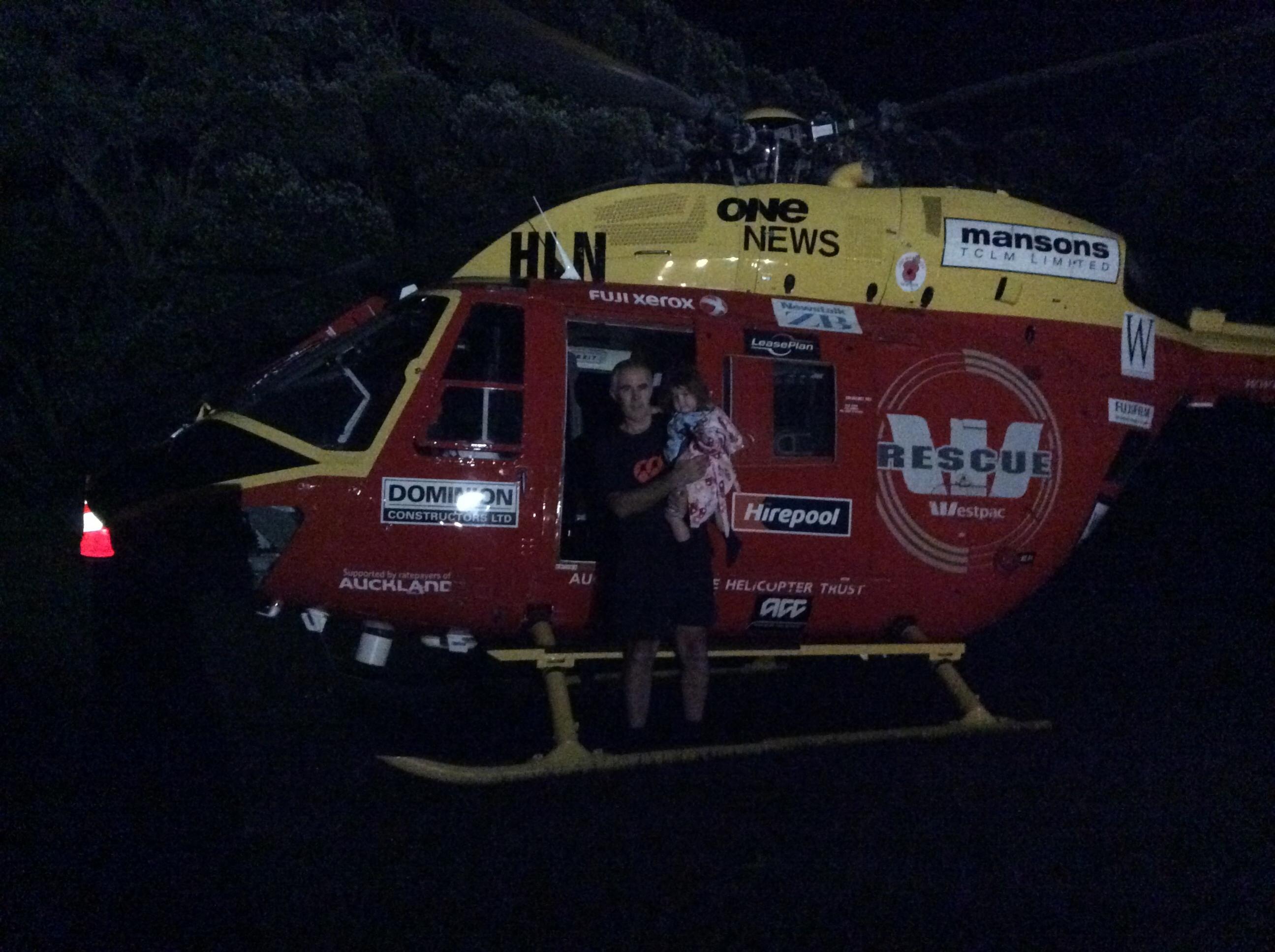I've been looking into getting a first aid kit to keep in my pack but all the 'ready-made' ones seem inadequate for hunting. So I've decided I'll compile my own.
So what do you guys have in yours or what do you recommend to have in one? I'd like to include suture needles in mine - thinking worse case scenario is someone shoots or cuts themselves and a sticky plaster isn't going to do shit. What do you guys think?
Welcome guest, is this your first visit? Create Account now to join.
Welcome to the NZ Hunting and Shooting Forums.
Search Forums
User Tag List
+ Reply to Thread
Results 1 to 15 of 31
Thread: First Aid Kit
Hybrid View
-
25-08-2015, 08:25 PM #1
First Aid Kit
-
25-08-2015, 09:14 PM #2

I keep a fairly comprehensive kit at the hut but only carry a roll of insulation tape and a couple of plasters in my day bagLast edited by sako75; 25-08-2015 at 09:19 PM.
-
25-08-2015, 09:24 PM #3Member

- Join Date
- Nov 2012
- Location
- N/A
- Posts
- 7,631
-
25-08-2015, 09:50 PM #4Member

- Join Date
- Feb 2012
- Location
- Palmerston North
- Posts
- 421
In my day pack and on my belt is a Israeli bandage and a tourniquet (CAT). I often only hunt with a smaller belt set-up so by having these in both the pack and belt I don't risk leaving them behind if I choose one over the other. That covers most "worst case" scenarios...
In my day pack and main pack I have a small general first aid kits that have a few plasters and the likes for those smaller niggles.
-
25-08-2015, 11:28 PM #5
-
26-08-2015, 09:09 AM #6Member

- Join Date
- Feb 2012
- Location
- Palmerston North
- Posts
- 421
-
25-08-2015, 09:16 PM #7northdudeGuest
a lot of people just use tape and a cup of concrete

-
25-08-2015, 09:18 PM #8
I carry some quikclot and a sealed army field dressing
Sent from my iPhone using Tapatalk
-
26-08-2015, 06:58 AM #9northdudeGuest
tampons have a couple of uses 1s obvious and as said plugging a wound also a sterile swab and also tinder for fire lighting
-
26-08-2015, 07:59 AM #10Member

- Join Date
- Jul 2012
- Location
- Te Awamutu Rural
- Posts
- 1,481
-
28-08-2015, 08:54 PM #11
-
26-08-2015, 12:45 PM #12Member

- Join Date
- Jul 2012
- Location
- Te Awamutu Rural
- Posts
- 1,481
Obviously speaking from practical experience. All I know is what I heard learnt at a first aid course.......pretty much fuck all by the sound of it
Sent from my iPhone using Tapatalk
-
26-08-2015, 01:26 PM #13Member

- Join Date
- Jul 2012
- Location
- Te Awamutu Rural
- Posts
- 1,481
Your quotes put the whole first aid training seanarios into a context that I can understand. I work on a farm n would look at some of the stuff they'd say n think yeah right. Some of the courses are a box ticking thing to get a piece of paper to say you can do 'xyz ' n of some limited value. There's still stuff there to be learnt but you gotta put it in context with what you are likely to be doing usually.
Sent from my iPhone using Tapatalk
-
26-08-2015, 01:36 PM #14
The basics are what I carry. Something to stop bleeding, something to keep the wind and rain off and good pain relief. We are lucky in NZ help will usually be there within 24hrs.
"Treat the Earth well. It was not given to you by your parents, it was loaned to you by your children.”
-
28-08-2015, 10:09 PM #15
Thanks for your input guys. By the looks of it, I was thinking of including way too much stuff. I think I can rule out carrying concrete and a helicopter around the hills.
Tags for this Thread
Welcome to NZ Hunting and Shooting Forums! We see you're new here, or arn't logged in. Create an account, and Login for full access including our FREE BUY and SELL section Register NOW!!





 20Likes
20Likes LinkBack URL
LinkBack URL About LinkBacks
About LinkBacks



 Reply With Quote
Reply With Quote




Bookmarks